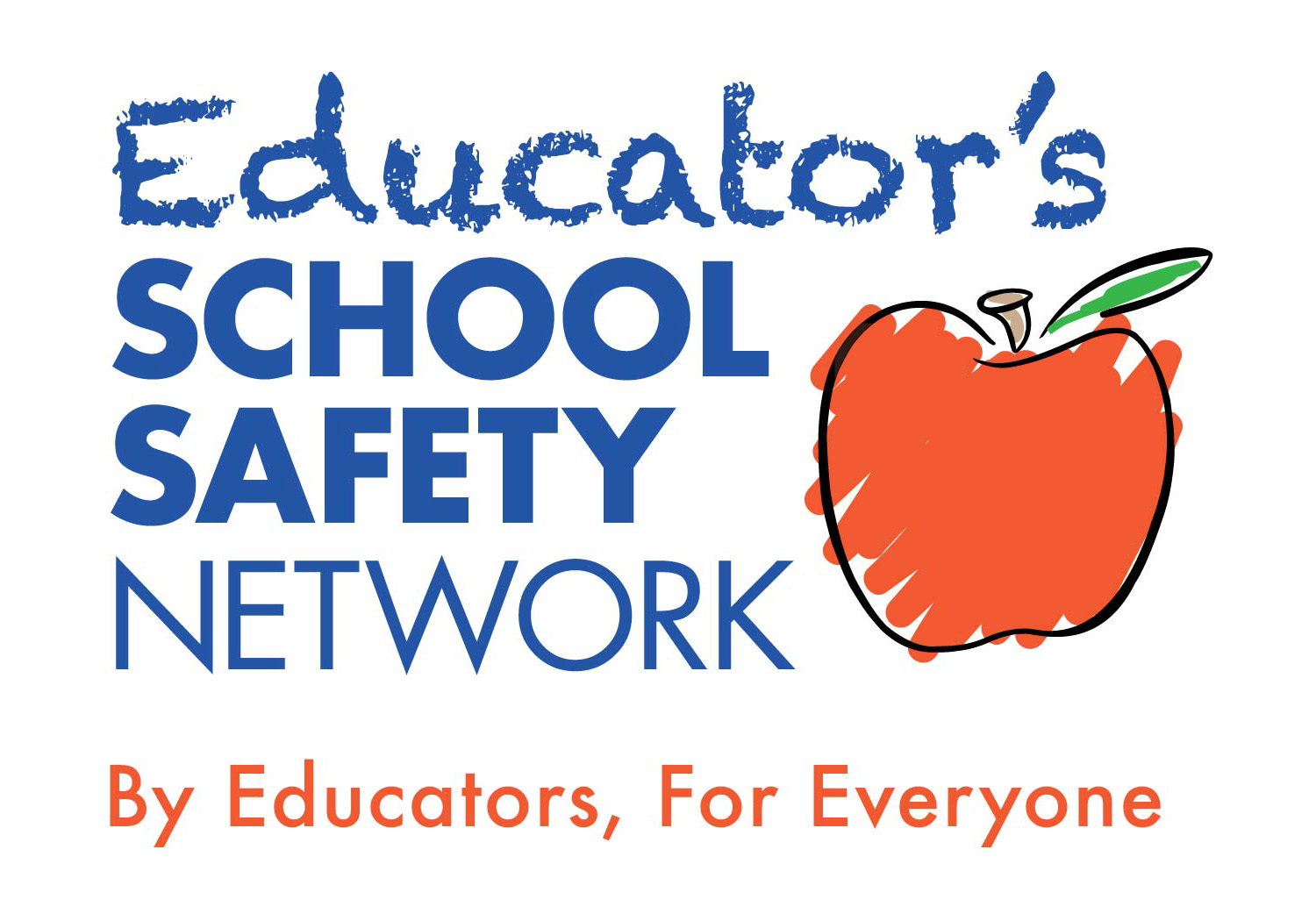We are all pretty familiar with the domino effect that occurs when weather conditions disrupt airline travel. Flights are delayed or cancelled which impacts other flights at other airports until eventually airports and flights far outside the weather event are also affected.
Today I had the “opportunity” to experience the domino effect from a school perspective. We were in Atlanta for training at a local school when the light snow began falling shortly just after noon. By 1:30 the administrators had been called away to deal with the deluge of calls from parents wanting to know when schools would release. As the snow began following, most of the area schools announced an early release, along with numerous businesses and offices. In a short amount of time there were a tremendous number of people all on the roads trying to pick up their kids and get home.
Grid lock horror stories abound – people spending four plus hours in the car for a 10 mile trip. Roads closed by traffic accidents and stalled cars. Drivers running out of gas in traffic or abandoning their vehicles and walking. One local district dismissed students at 11:30 and at 6:30 p.m. still had kids waiting to be picked up. A district in Cobb County sent out their busses to take students home only to have the drivers turn around and bring them back when they couldn’t complete their routes due to the traffic jams. As of this writing, the district is planning to have students spend the night at school – yes – spend the night! One can only begin to imagine the logistical, supervisory, and liability issues involved in keeping all the students overnight.
So the lesson to be learned? First off, in this case, the dominos not just fell, but collapsed due to a mere 2 or 3 inches of snow, so don’t resort to the denial of – “well we would never have anything that bad…” Then there’s the matter of what to do with students. Dismissing early is a tough, no-win call. If you wait too long, you could end up with students traveling in dangerous conditions, or worse yet – not be able to get students home. If you dismiss too early, there is the potential that the weather forecast doesn’t pan out. Even if you do everything right, if everyone else dismisses at the same time, a traffic nightmare on already poor roads is in the making.
The larger lesson to be learned? Schools need to understand and anticipate their role in and the impact of community-wide events and disasters. Districts are not operating in a vacuum. The decisions made by community, government, and emergency response officials have a direct impact on schools and need to be made collaboratively with all the parties involved. School administrators cannot look at only their own little corner of the world, but must consider how what is going on outside the school walls will effect their decisions and procedures.
Let me be clear – often there is nothing that can be done when the perfect storm of weather conditions, traffic, and community actions come together. But perhaps decision makers at the school and community levels can learn from these events and use collaboration to the benefit of all – drivers included. Personally? It took me 92 minutes to drive 1.5 miles. Be safe and stay warm.
